Arbolit: characteristics and purpose of building material
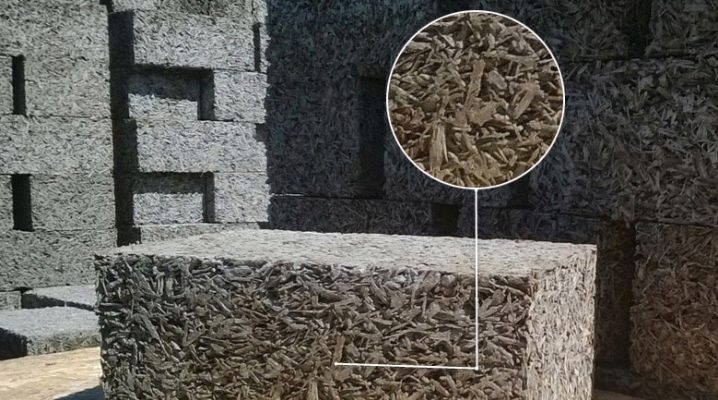
Many types of materials have been created for low-rise construction. Some of them are used more often, others less often.
Despite the fact that wood concrete is not a novelty in the construction market, many consumers do not know anything about its production technology, about its features, advantages and disadvantages.
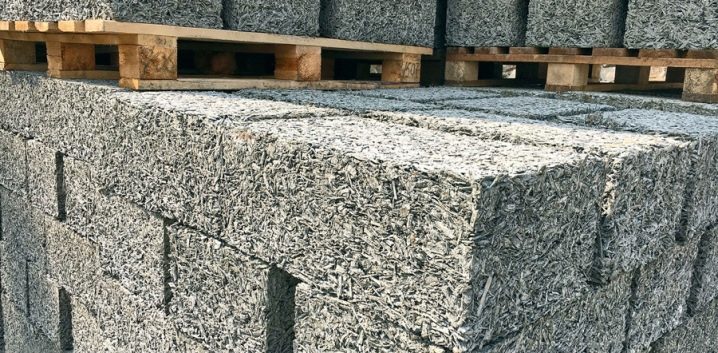
What it is?
Arbolit is a lightweight concrete material made with organic fillers. It is lighter than most construction materials. For example, it has a lower mass compared to classic brick or artificial stone.
The production technology of wood concrete blocks largely determines their technical characteristics and performance. The material must be produced in strict accordance with GOST standards.
However, some manufacturers use low-quality raw materials, as a result of which they receive blocks that do not meet the declared characteristics.
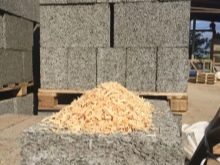
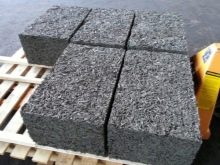
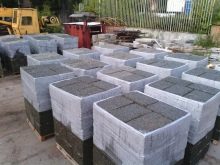
Composition
Various components can be included in the wood concrete mixture. According to GOST 19222-84, wood concrete must consist of several components.
Organic filler - wood chips. To obtain quality blocks, wood particles must be used with dimensions not exceeding 30, 10 and 5 mm in length, width and thickness, respectively. In addition, the content of polysaccharides in wood should not exceed 2%. The organic filler should not contain elements affected by fungus or various mechanical impurities. Depending on the type of wood concrete, the chip content ranges from 75 to 90%.
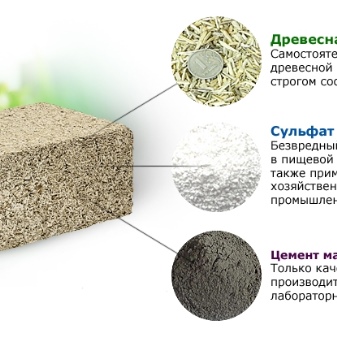

Cement binder. Portland cement with a grade of at least M400 should be used as such an aggregate. Some manufacturers offer blocks based on frost-resistant cement. It should be noted that during long-term storage, cement blocks lose their original characteristics, which is why they may not meet the requirements stated by the manufacturer.
In order not to face such a problem, experienced builders recommend buying wood concrete made of cement not lower than the M500 brand.
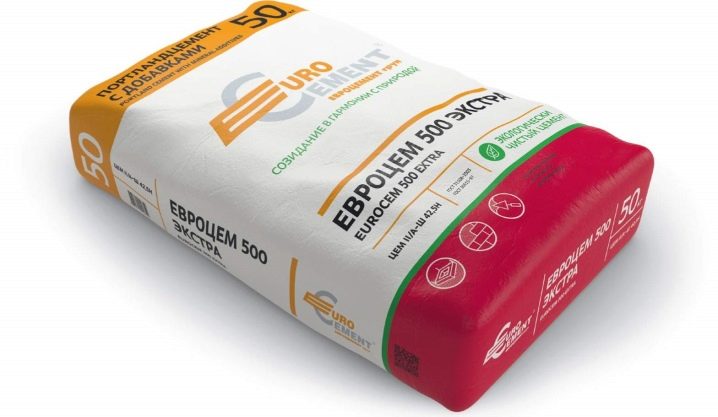
Components of chemical origin. Arbolite blocks are partially composed of organic aggregates, which tend to rot. To avoid fungus damage to wood chips, various chemical additives are added to the mixture. These can be calcium or ammonium chlorides, aluminum sulfate, or other inorganic substances. Such components are harmless to human health. They allow not only to protect wood chips from premature damage, but also to accelerate the adhesion process of the components of the wood concrete mixture, while reducing the drying time of the blocks.
Water is also used to create wood concrete. Its quality is regulated by GOST 23732-79. The water should not contain fats and lipid derivatives, coloring components. Only fresh liquid is used for the production of blocks.
Before starting the technological process, water and chemical constituents are subjected to laboratory research. They are carried out regularly for each newly arrived batch.
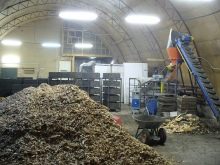
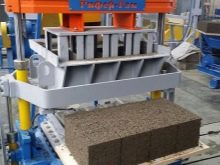

Varieties
Manufacturers produce several types of this class of concrete. These will be discussed below.
- Building blocks. This group includes thermal insulation and construction materials. These components are used in various fields. The first has a low density, due to which it is used for laying a heat-insulating base when erecting interior ceilings. The constructional variant has a density of approximately 800 kg / cu. m (due to the higher content of cement). Due to its higher strength, such wood concrete is used for the construction of load-bearing walls and supporting structures.
- Arbolite plates. They are used as heat-insulating material. Their density does not exceed 500 kg / cubic meter. m.
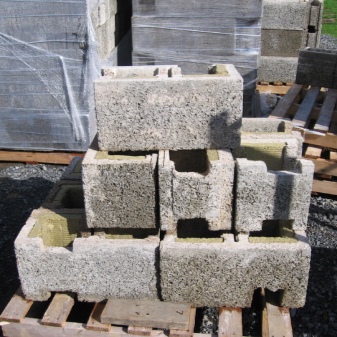

- Blocks with decorative cladding. Such products can be finished with marble chips or tiles. These materials are much more expensive than conventional blocks. However, the structure, with the help of which it was erected, does not need further work on the decorative finishing of the facade part.
- Solution. It is prepared directly at the construction site and cannot be stored. The solution is used to create monolithic products. Most often it is used for insulating living quarters, much less often for the construction of small structures. In addition, it is used to make permanent formwork for structures whose height does not exceed 3 floors.
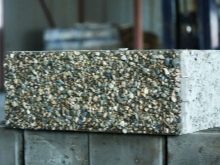
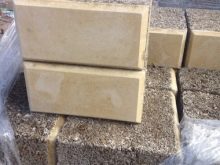
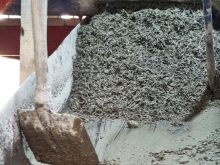
- Plaster wood concrete. Its difference from the usual one is the use in the production of gypsum, instead of Portland cement. It has significant advantages: it does not require the use of chemical components and hardens quickly.
Like any certified building materials, block wood concrete is produced in certain sizes. The most "popular" are products in the form of a parallelepiped with length, width and height parameters equal to 500, 300 and 200 mm, respectively.

Manufacturing technology
The production of wood concrete in blocks at large enterprises is automated. The manufacturing process includes several stages, which are described below.
- Loading the organic filler into the dispenser. The dosing device is fixed to a hoist that delivers the component to the mixing equipment container.
- Loading of chemical reagents.
- Adding a certain grade of Portland cement.
- Thorough mixing of the components of the mixture until a homogeneous mass is obtained. The resulting solution is sent to a vibrating table with a vibrocompression device.
- Leveling the mass in the forms. At this stage, the products are compressed due to the use of a press. If it is necessary to obtain blocks of non-standard shapes, special plates are manually inserted into the cells. The result is triangular or trapezoidal products.
- Sending blocks to drying chambers. The temperature at which products must be dried is not regulated by GOST. However, materials may be left in the cell for a maximum of 24 hours.

You can make wood concrete blocks at home. Self-creation of material is a complex process. It will require careful preparation of all components.
Particular attention should be paid here to wood chips. Of all woods, conifers such as fir or pine are preferred. The presence of bark or needles should not be more than 5% in relation to the total mass.
When creating blocks at home, not every builder may have chemical additives on hand. Without them, the adhesion process will be significantly difficult, and the hardening time of the products will also increase (sometimes it takes several weeks to dry). Self-production of high quality material with your own hands is unlikely. Most often, at home, block products are created for the construction of structures with low operational requirements.
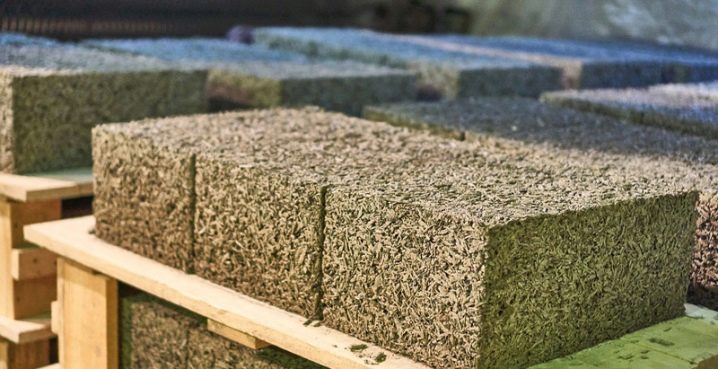
Scope of use
Arbolite blocks are a building material that is actively used in private construction. Houses and cottages, various household buildings are built from it.Block products perfectly retain heat, which is why they can be used even in harsh climatic conditions. In addition, the material is quite durable, due to which it is popular in seismically active areas.
In low-rise construction, wood concrete is used as for the construction of buildings "from scratch", and for the insulation of wall structures and floor surfaces. Arbolite blocks have found their application in the construction of warehouse, industrial and agricultural premises. Warm garages, saunas, sheds and various outbuildings are obtained from it.

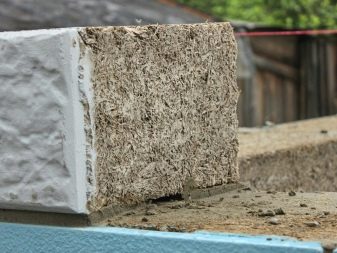
Advantages
To decide whether to choose wood concrete as the main building material, you should study its properties in advance, as well as the pros and cons. The advantages of block products are discussed below.
- Ecological cleanliness. In the production of the material, no chemical components are used that emit substances harmful to human health during the construction or subsequent operation of the structure.
- High flexural strength. When soil settles or seasonal ground movements occur, most building materials will crack, resulting in cracks in the interior decorative coating. Arbolite blocks - other products. They are capable of deforming, preventing cracking.
- Light weight. Weight 1 cub. m of wood concrete is no more than 700 kg. The same volume of bricks has a mass of 2 thousand kg. The low weight of the material allows builders to abandon the construction of a massive foundation, which saves time, effort and money.
- Fast laying. In the construction of structures, preference is most often given to large-sized blocks (500 × 300 × 200 mm). Due to the large size of the material, it is possible to create a heat-intensive structure in a short time period.
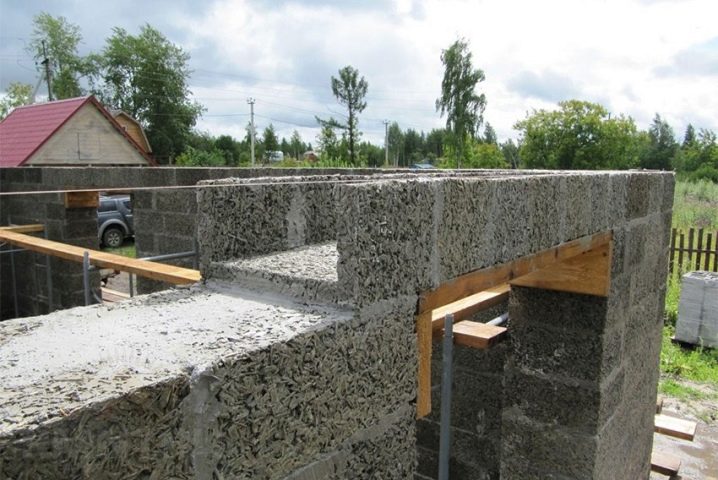
- Low consumption of sand-cement mixture.
- Excellent thermal insulation properties. Arbolite blocks have low thermal conductivity, due to which they do not let the cold through from the outside and do not give off the heat accumulated in the room.
- Fire safety. Arbolite is practically non-combustible material. The chemical additives included in the wood concrete mixture increase the refractoriness of the blocks up to 3 hours. When exposed to a flame of fire, the products do not emit corrosive smoke.
- Good vapor permeability. Arbolite masonry is able to "breathe". It promotes natural air circulation, which ensures a good microclimate in any room.
- Biological stability. Having erected a structure from wood concrete, you can not be afraid that its ceiling or walls will be affected by mold or other types of fungus. This saves money on the purchase of antiseptics.
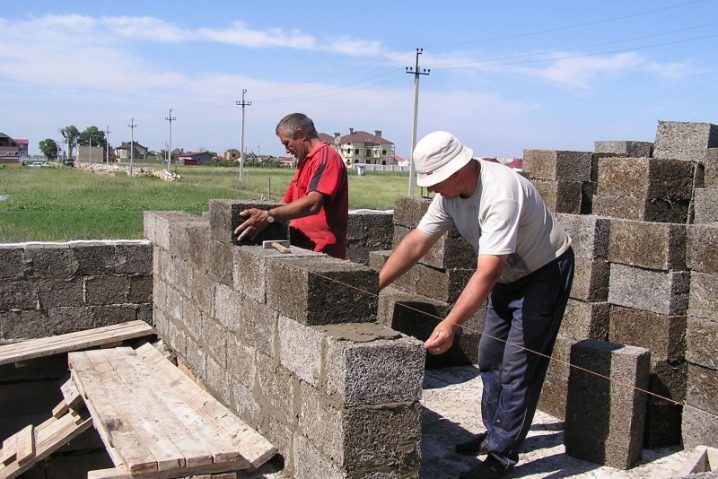
- Mechanical durability. Wood concrete blocks are quite durable. They are not afraid of blows, falls and other mechanical influences. Such stability has been proven experimentally: products are broken with difficulty with a sledgehammer and retain their integrity when dropped from a height of up to 18 meters.
- Excellent noise absorption. Sound insulation of the material is better than the sound absorption of wood or brick.
- Possibility of processing. If necessary, the blocks can be sawed with a regular chainsaw, getting the desired size of the product.
- Easy assembly of fasteners. Self-tapping screws or nails are driven into the wood concrete blocks without much effort.
Despite the numerous advantages, not every builder chooses wood concrete. The reason is simple - it is material flaws. For some, they are insignificant, while for others they are a serious reason for refusing to buy wood concrete blocks.
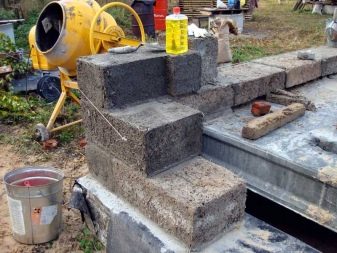

disadvantages
Arbolit has many advantages, a little less - disadvantages. The main disadvantage is the high risks of acquiring handicraft modules. The fact is that high-quality blocks are produced at large industrial enterprises that cannot be found in the region.
In small towns and some metropolitan areas, there are “shrubs” or one-day companies. In order to reduce the cost of finished products, they often use cheap low-quality raw materials.
Such manufacturers do not think about the performance of the building materials produced. They make modules by disrupting the manufacturing process. As a result, they sell wood concrete, the technical characteristics of which are significantly lower than those stated.
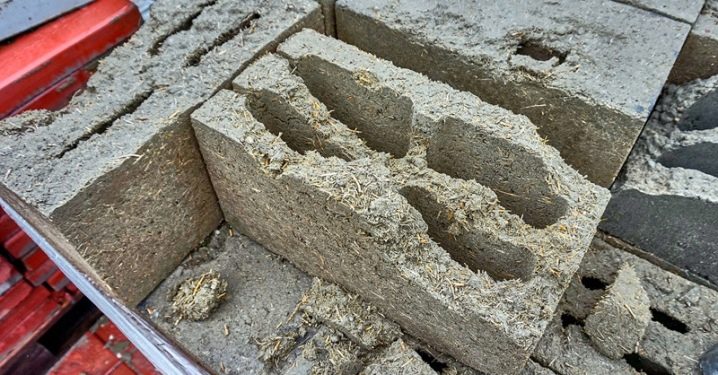
Another disadvantage is the low density of the material. On the one hand, this is a positive moment, since the load on the foundation is reduced, and on the other, such blocks cannot be used for the construction of multi-storey structures.
There are a number of other disadvantages of this material.
- Dimensional deviations. Finished blocks can vary significantly in terms of standard sizes prescribed by the regulations. Sometimes, due to a mismatch in the parameters, builders have to increase the thickness of the seams. This leads to the formation of "cold bridges" and freezing of the seams in the cold.
- Biological instability. Wood concrete blocks are products that rodents "love". Mice and rats make numerous burrows and passages in them, which significantly reduces the service life of the building. To protect the structure from such pests, you will need to make a concrete basement. And this is additional monetary waste on building materials and hiring a construction team.

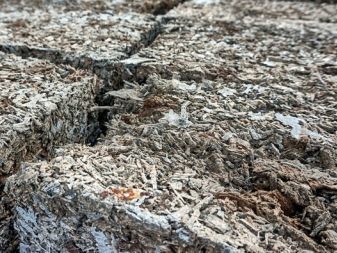
- The need for a decorative facade finish. Arbolit is an aesthetically unattractive building material (if we are not talking about products with cladding). To improve the appearance of the building, you cannot do without finishing. It will entail the cost of purchasing cladding and hiring labor.
- Poor resistance to high humidity. Arbolite blocks are capable of accumulating moisture, which over time destroys the material. In order for the wood concrete structure to last as long as possible, you need to make a foundation base with a good waterproofing shell and plaster the outer part of the wall.
- High price. Here we are not talking about blocks of low quality, handicraft production. Products that meet GOST standards are not cheap. Their price is about 1.5 times higher compared to the cost of aerated concrete or foam block.
Some disadvantages of wood concrete are associated with a violation of the technology of its production or the use of low-quality components. In order not to purchase blocks unsuitable for construction, you need to heed some recommendations.
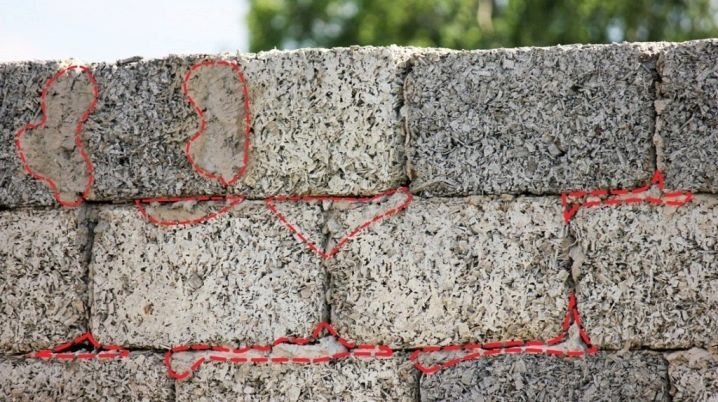
Quality product criteria
The choice of wood concrete is a responsible process, since the service life of the future structure, as well as the microclimate inside it, will largely depend on it. When buying a material, experienced builders advise, first of all, to pay attention to its cost. It is unlikely that the manufacturer will work to his own detriment and sell high-quality wood concrete blocks below their market price.
To protect yourself from counterfeiting, you need to ask the seller for the appropriate documents for the goods (certificates of quality and conformity).
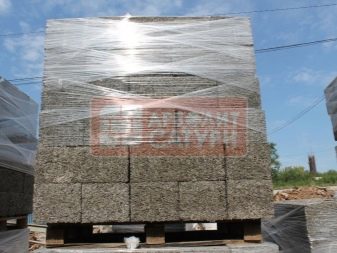
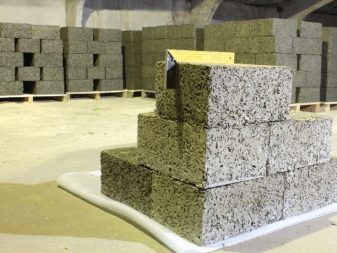
When choosing wood concrete, it is important to visually evaluate it. Below are the indicators of the quality of such material.
- Uniformity of composition. If the wood concrete mixture was heterogeneous, the finished blocks will delaminate over time. According to the regulations, the stratification rate should be less than 10%.
- Correct geometric shape. Its violations are observed when the storage conditions of finished products or production technology are not observed.
- Uniform gray color. The uneven color of the blocks or foreign inclusions indicate the low quality of the products. For example, the presence of green or brown shades is a sign of underdried products. It is worth considering that materials may have various inclusions (straw, sawdust, needles, bark), but not more than 5%.
- Chips of the same size (the presence of particles with dimensions exceeding the established norms is unacceptable). Too large wood fractions are unable to be completely saturated with chemical reagents. Because of this, they do not mix well with concrete and reduce the strength of the finished building material.
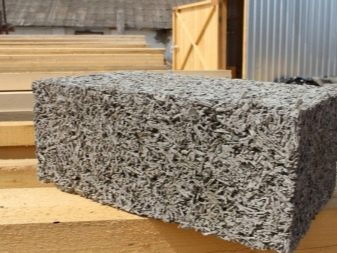
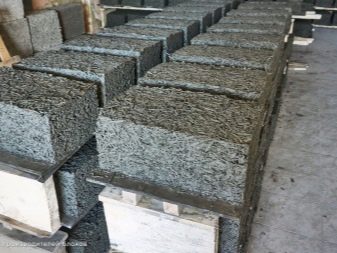
It is necessary to abandon the purchase of blocks made on the basis of sawdust, and not chips. Such blocks have lower strength due to poor reinforcing bond.
To be sure of the quality of wood concrete, you should agree with the manufacturer about the possibility of laboratory testing of selected samples of material from a released batch.
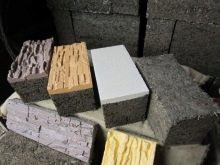
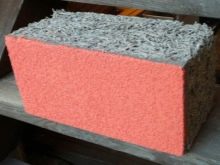

Reviews
To find out which houses are made from wood concrete, the reviews of their owners will help. There are both positive and negative responses on the web.
Among the advantages, buyers noted:
- the speed and ease of construction of the structure;
- excellent soundproofing;
- keeping warm in winter and autumn.
Consumers also noted the opportunity to save money on the rental of special equipment when building a house, since the blocks are manually moved due to their light weight.

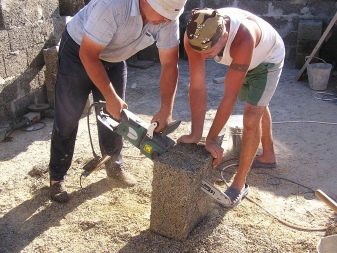
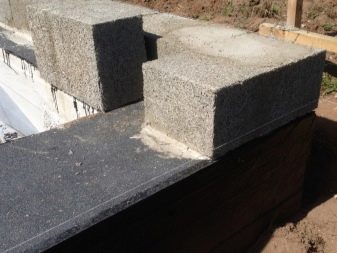
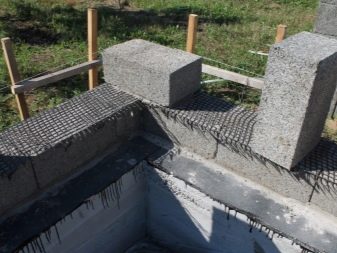
Judging by the responses, only those buyers who purchased the material from large and well-known manufacturers speak positively about the arbolite. However, there are also negative opinions on the Internet. Most of them are left by people who produce wood concrete blocks with their own hands. They noted the following negative factors:
- dampness and cold inside the room;
- an unpleasant smell that does not disappear;
- freezing of interblock seams;
- high consumption of plaster mixture.
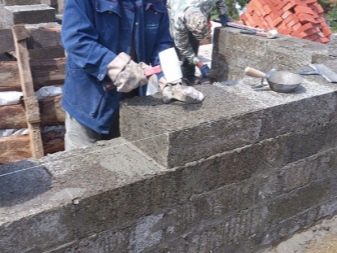
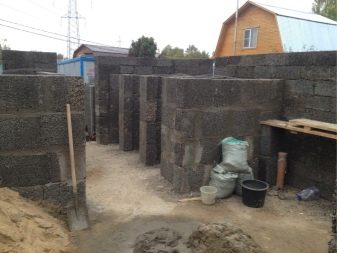
Arbolite blocks are the choice of those who want to quickly and inexpensively build an outbuilding or a residential building. To keep the room warm, dry and quiet, you should only buy high-quality building products at a fair market price.
For the pros and cons of wood concrete, see the video below.













The comment was sent successfully.